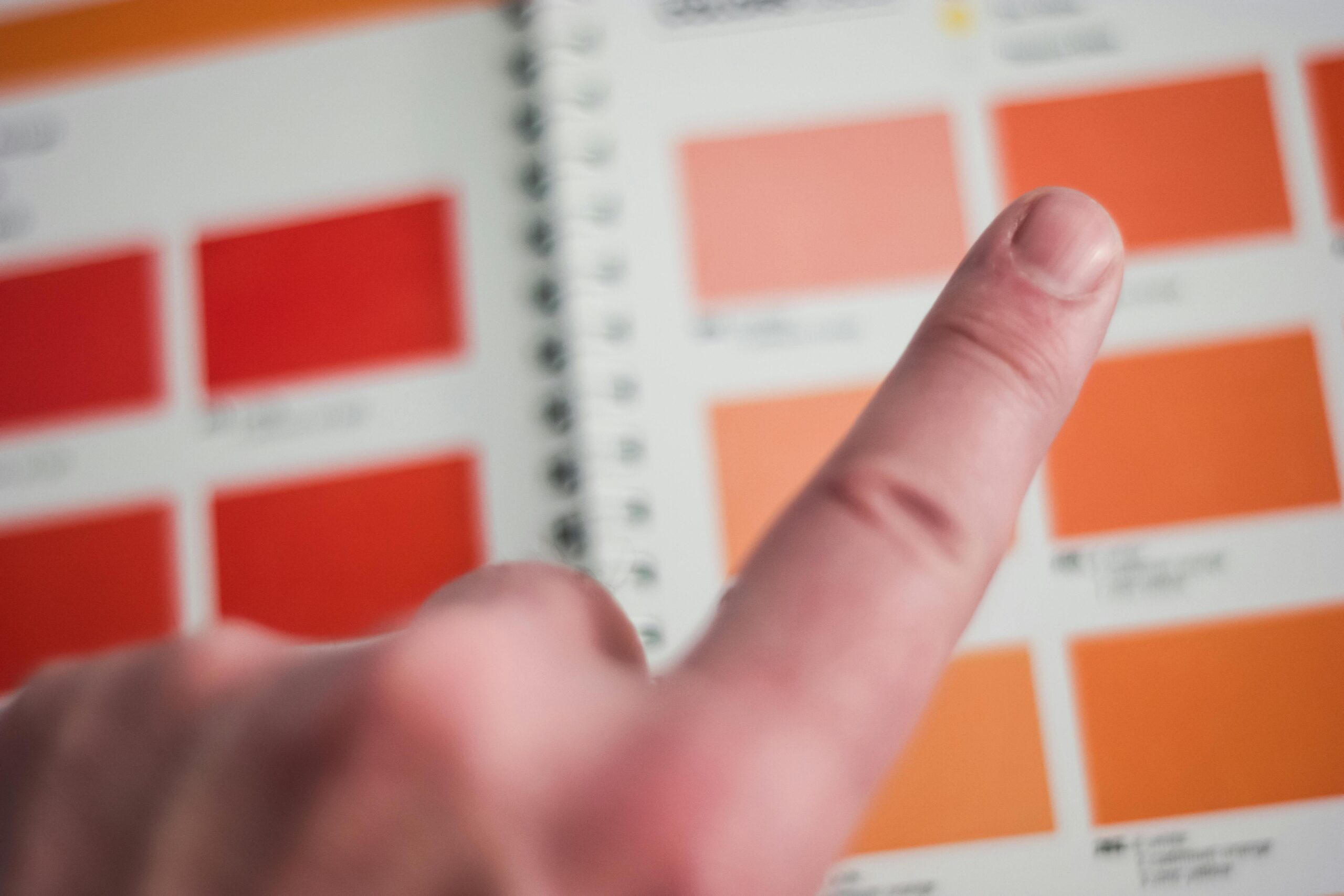
Customization Opportunities in Plastic Extrusion
The extrusion process is used in manufacturing because it’s versatile and efficient for producing components of various shapes and sizes. These parts can be customized for various applications across different industries, including consumer products and precision parts for appliances and industrial equipment. At Clark Rubber and Plastic, the process is about delivering custom solutions to meet standards for shape, durability, and performance. Here’s more information about the customization opportunities in plastic extrusion:
Custom Profiles
One customization opportunity in plastic extrusion is the design of the profile. Standard shapes are helpful, but certain applications require parts with unique contours or cross-sections. Whether it’s a seal, gasket, or guide rail, the ability to develop a custom profile makes sure the component integrates seamlessly into the final product.
Our team at Clark Rubber and Plastic designs and manufactures custom extrusion dies. Doing this in-house allows clients to specify dimensions, wall thickness, and geometry. This level of control is key when working with appliances, where space constraints and functional requirements demand an exact fit. In the consumer industry, custom profiles support the final design while maintaining a consistent quality.
Material Selection
The material selection influences the performance of an extruded part. Customization at this level makes sure the finished component can handle its intended use. There’s a wide variety of thermoplastics, each suited to particular applications. This includes high-impact, high-heat, or chemical-resistant environments. Some components used in the appliance industry often require flame-retardant properties or UV stability. Others may need food-grade materials or low-friction surfaces.
Co-Extrusion Components
Some parts require more than one material to function effectively. Co-extrusion provides a solution for materials to be extruded into a single, uniform profile. This helps create components with dual or even triple characteristics. A part might need a rigid base for structural support and a soft, flexible edge. Rather than assembling multiple parts, co-extrusion bonds different materials together during the manufacturing process. At Clark Rubber and Plastic, our team uses co-extrusion to combine strength, flexibility, and surface performance in a single pass. This saves time and makes sure the component has structural integrity.
Post-Extrusion Fabrication
Post-extrusion fabrication services enable components to be further tailored through punching, drilling, cutting, or notching. These steps prepare the part for assembly or installation. It also doesn’t require additional handling by the customer. An in-house fabrication process should enable teams to produce parts that arrive ready for installation. Whether it’s a slotted profile for a track system or holes for fasteners, this end-to-end approach supports industries where accuracy, turnaround, and simplicity are key.
In industries such as automotive or appliances, custom extrusion helps reduce wear. If components are in constant use for heat cycles or mechanical stress, a mold will enhance efficiency. Whether it’s creating a part with tight tolerances or adjusting wall thickness to support airflow, an in-house, experienced team will provide quality parts.
Try Plastic Extrusion With Clark Rubber and Plastic
The extrusion process provides materials, engineering, design, and a platform for delivering custom parts. At Clark Rubber and Plastic, customization is built into the process, from the initial concept to the final production. Contact our team today to discover the customization options we offer for various industries, including automotive, military, and more.
